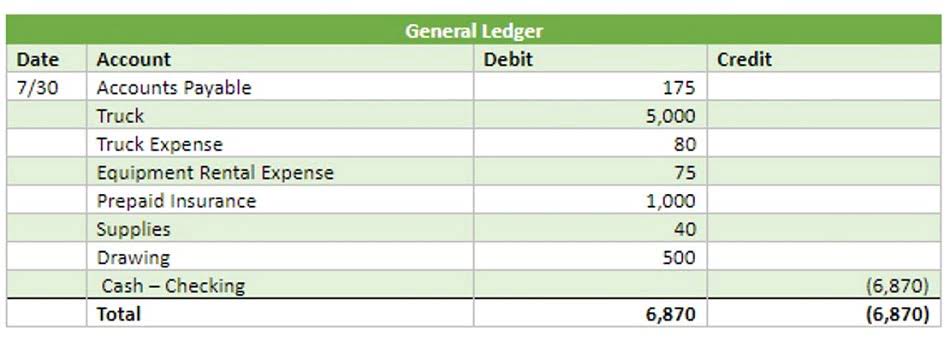
The general and administrative expenses also grew by 2.1% from Rs 39,426 million to Rs 40,250 million. The profit before tax marginally declined by 0.3% from Rs 98,438 million in 2023 to Rs 98,147 million in 2024. The total assets as of March 2024 were ₹ 1,14,790.60 Crores compared to ₹ 1,17,113.70 Crores as of March 2023. Drag down the cell with the formula to copy it to the other current assets line items.

Select Time Periods
For this business, the 2020 net income is 97% of the base year, and the 2021 net income is only 46% of the base year. In this report, 2019 is identified as the base year, and each line item for the other two years 2020, and 2021 is calculated as a percentage of the same line item for the base year. The horizontal analysis formula used to calculate the % base column is shown in the example below for the revenue line item. Horizontal analysis may be conducted for balance sheet, income statement, schedules of current and fixed assets and statement of retained earnings. While horizontal analysis looks at changes over time, vertical analysis focuses on the relative size of components within a single financial statement. Horizontal analysis of the balance sheet tracks changes in assets, liabilities, and equity, giving you a picture of financial health over time.
Comparative balance sheet with horizontal analysis:

With clear trend expectations, companies can then evaluate whether their current performance aligns with their projections and overall strategic goals. The continuous evaluation enabled by horizontal analysis ensures that strategic decisions are data-driven and grounded Legal E-Billing in historical context. Consider a scenario where revenue has grown at a steady pace of 3% per year over the past decade.
- The business assesses performance on an “apples to apples” basis by comparing each period to a base year, even though the absolute numbers fluctuate over time.
- The cash flow statement highlights the inflows and outflows of cash from operations, investments, and financing.
- Drag down the cell with the formula to copy it to the other revenue line items, as well as the total net revenue.
- Vertical analysis shows a comparison of a line item within a statement to another line item within that same statement.
- In the next section, you have step-by-step instructions on how to do horizontal analysis with examples using a balance sheet and an income statement.
- In the event that revenue was Rs. 100,000 in 2019 and Rs. 150,000 in 2020, the absolute change is Rs. 50,000; that is, Rs. 150,000 – Rs. 100,000.
Absolute Change Formula
This visual comparison enables you to identify patterns, changes, and trends in a company’s financial performance. Performing horizontal analysis involves a series of structured steps that allow you to assess a company’s financial performance over multiple periods effectively. These steps provide a systematic approach to extracting valuable insights from financial data. Fundamental analysis examines a company’s financial statements and health to determine its financial strengths and weaknesses. Combining horizontal analysis with fundamental analysis provides a more comprehensive understanding of performance trends over time. The balance sheet is a representation of a company’s financial status at a specific moment in time, including equity, liabilities, and assets.

Free Financial Modeling Lessons
This example showcases how horizontal analysis of income statements can provide actionable insights into a company’s financial performance and guide decision-making. With dollar amount changes and percentage changes calculated, it’s time to analyze the trends and patterns within the data. Look for consistent patterns of growth, stability, or decline in key financial metrics. Additionally, consider examining the factors that may have contributed to these trends, such as changes in market conditions, company strategy, or industry dynamics. Horizontal analysis of Wipro’s financial statements over two years provides insights into the company’s changing financial performance.
Calculate Percentage Changes
Horizontal analysis offers a powerful lens through which finance professionals can spot trends, understand the dynamics of financial performance over time, and make informed decisions that drive strategic success. With robust horizontal analysis, companies are empowered to anticipate challenges, seize opportunities, and navigate their financial landscapes with clarity and precision. With these advanced tools, data collection becomes automated and errors are minimized. Real-time insights into financial performance allow for immediate action, while customizable dashboards enable finance professionals to focus on the metrics that matter most. Additionally, scenario planning features allow organizations to use historical trends from horizontal analysis to build robust financial models and prepare for a range of future outcomes.
This allows a business to see what percentage of cash (the comparison line item) makes up total assets (the other line item) during the period. Vertical analysis compares line items within a statement in the current year. This can help a business to know how much of one item is contributing to overall operations. For example, horizontal analysis formula a business may want to know how much inventory contributes to total assets. They can then use this information to make business decisions such as preparing the budget, cutting costs, increasing revenues, or investments in property plant or equipment. Horizontal analysis is the comparison of financial statements and accounting ratios over a number of accounting periods.

This percentage change reveals the proportional growth or decline of each metric relative to its base period value. The result is a series of figures that illustrate how key financial indicators have shifted over time. Once you have gathered your data, the next step is to calculate the nominal (or absolute) changes between each period. This involves determining the dollar amount by which a metric has increased or decreased over each period. Using spreadsheets or dedicated FP&A software can help streamline this process and reduce errors.
Importance of Horizontal Analysis in Financial Reporting
Whether you’re an individual investor, a portfolio manager, or part what are retained earnings of an investment team, horizontal analysis provides valuable insights into a company’s financial health and growth prospects. Horizontal and vertical analysis are two types of analysis you can do that use simple mathematical formulas. The key aspects that differentiate horizontal and vertical analysis are the basis for comparison, the specific items compared, the data required, and the insights provided from each technique’s unique perspective. The base year quantities are compared to the amounts from subsequent years in percentage form. “The percentage method enables a 25% increase in the ease of financial comparison across various periods and companies,” according to a study conducted by Kim and Lee in 2018.
